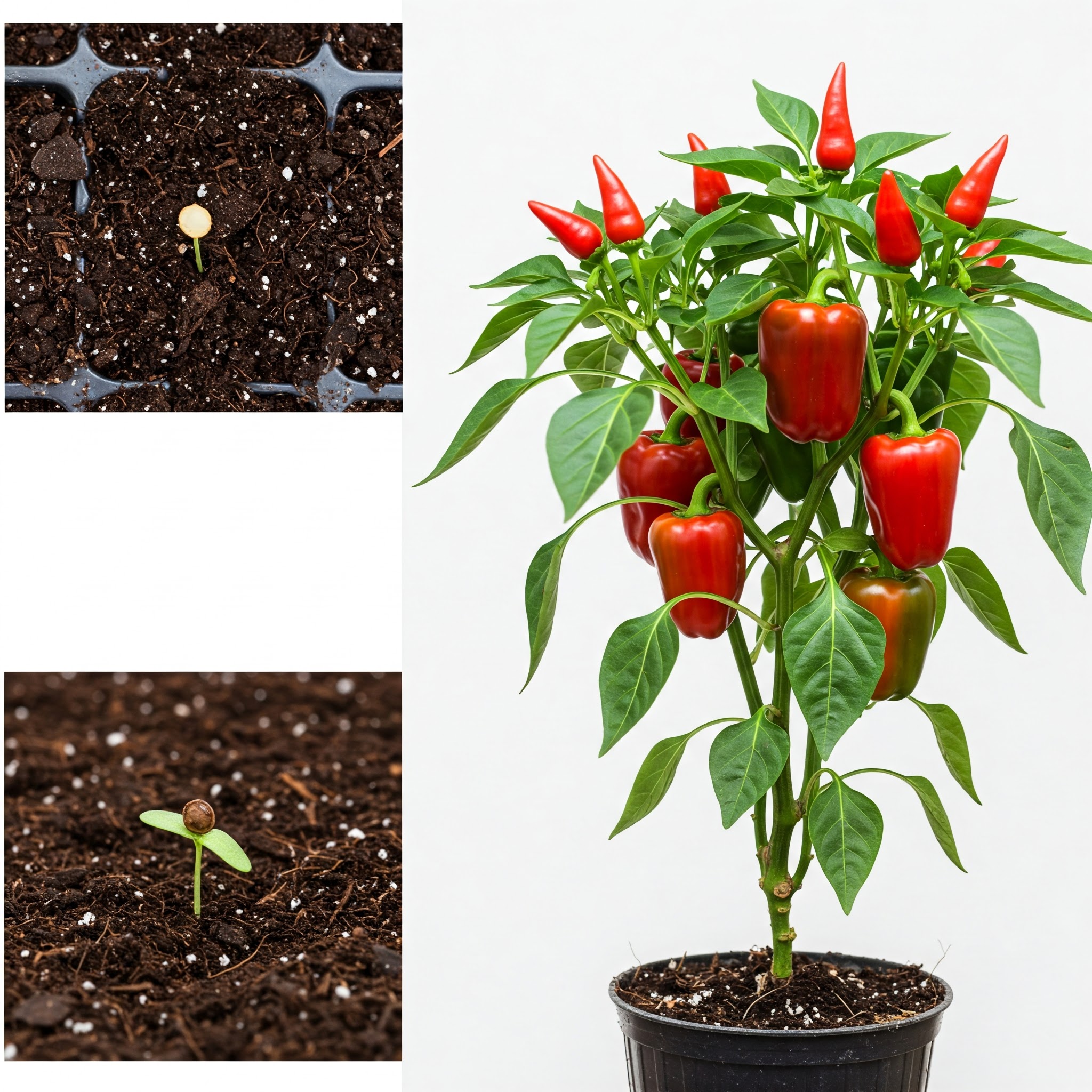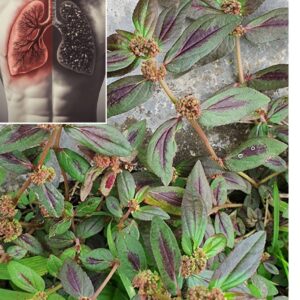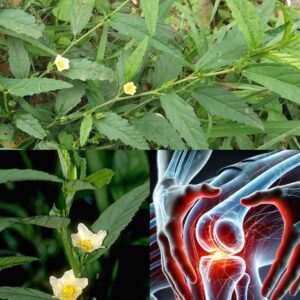How to Grow Peppers at Home: The Secret to Having Abundant Production

Growing peppers at home can be a rewarding and fulfilling experience, providing you with an abundant supply of fresh, flavorful peppers for cooking, snacking, and preserving. Whether you’re a seasoned gardener or a beginner, growing peppers is easier than you might think, and the process can yield bountiful crops when done right. Here’s a comprehensive guide to help you grow peppers at home and ensure you get the most out of your plant’s production.
1. Choose the Right Pepper Variety
The first step in growing peppers is choosing the right variety for your space and climate. There are numerous types of peppers to choose from, including bell peppers, jalapeños, chilies, and sweet peppers. Consider your growing environment, as some varieties may thrive better in different climates. Hot peppers like habaneros or serranos may require warmer temperatures, while bell peppers can adapt to a variety of growing conditions.
For those with limited space, compact varieties like mini bell peppers or container-friendly hot peppers are a great option. Small or dwarf varieties are perfect for growing in pots or containers, while larger varieties may need more space and a raised bed.
2. Planting Your Peppers
Peppers are warm-season crops and require a long growing season to thrive. If you’re starting from seeds, begin indoors 8-10 weeks before your last frost date. Plant seeds in small pots with a good-quality seed-starting mix and keep them in a warm, sunny location (ideally around 70-80°F). Once the seeds germinate, transplant them outdoors once the soil has warmed and all risk of frost has passed.
Alternatively, if you’re starting with pepper seedlings from a garden center, plant them outdoors when the soil temperature is consistently above 60°F. Ensure your garden has well-drained, fertile soil rich in organic matter, and select a spot with at least 6-8 hours of full sun each day.
3. Spacing and Planting Depth
When planting your peppers, space them out appropriately to ensure healthy growth. Typically, pepper plants should be spaced about 18 to 24 inches apart to allow for proper air circulation and prevent overcrowding. Dig a hole slightly deeper than the pot the plant came in, then gently place the seedling in the hole, backfill with soil, and water well.
If planting in containers, ensure the pot is at least 12-18 inches in diameter to provide the necessary space for the plant to grow. Be sure to choose a container with good drainage holes to prevent waterlogging and root rot.
4. Watering Your Peppers
Peppers require consistent watering, but they also don’t like their roots to sit in waterlogged soil. It’s important to water the plants deeply and regularly, especially during hot weather. Aim to keep the soil moist but not soggy, and water at the base of the plant to avoid wetting the leaves, which can lead to fungal diseases.
Mulching around the base of your peppers can help retain moisture and keep the soil temperature steady. Organic mulch, like straw or shredded leaves, also helps prevent weed growth and keeps the soil healthy.
5. Fertilizing for Strong Growth
Peppers are heavy feeders, so they benefit from regular fertilization. Start by using a balanced fertilizer that is high in phosphorus and potassium, which helps with root development and fruit production. You can use a slow-release fertilizer or a liquid fertilizer every 2-3 weeks during the growing season.
It’s important not to over-fertilize, especially with nitrogen-rich fertilizers, as this can encourage leaf growth over fruit production. Once the plants begin to flower and set fruit, you can switch to a fertilizer that’s higher in potassium, which promotes strong fruit development.
6. Pruning and Supporting Plants
While peppers generally don’t require heavy pruning, it’s beneficial to remove any dead or damaged leaves to help the plant direct energy into healthy growth. Some gardeners also prune the tops of the plants to encourage bushy growth and better fruit production. This is particularly useful for taller pepper varieties that may need extra support.
If your pepper plants are tall or becoming top-heavy, it’s also a good idea to use stakes or cages to provide support and prevent the branches from breaking under the weight of the fruit. Be sure to secure the plant gently, allowing it to grow without restriction.
7. Pollination and Flower Care
Peppers are self-pollinating, meaning they don’t require another plant to produce fruit. However, they still need help to ensure proper pollination. Wind and insects like bees typically do the job, but you can also gently shake the plant or use a small paintbrush to transfer pollen between flowers if you want to ensure the best chance of fruit set.
Deadheading flowers after they’ve been pollinated can help the plant focus energy on fruit development rather than continuing to produce more flowers.
8. Controlling Pests and Diseases
Peppers are susceptible to common pests like aphids, spider mites, and whiteflies, as well as diseases like blight and mold. To protect your plants, regularly inspect for signs of pests and apply natural pest control methods like neem oil or insecticidal soap.
Avoid watering the leaves directly and ensure good airflow between plants to reduce the risk of fungal infections. If you notice any diseased leaves or plants, remove them immediately to prevent the spread of the infection.
9. Harvesting Your Peppers
Peppers can be harvested once they’ve reached their desired size and color. For most varieties, this means waiting until they turn their final color—whether it’s red, yellow, orange, or green. The more mature the pepper, the sweeter the flavor. Harvesting is easy—simply cut the pepper off the plant with scissors or pruning shears to avoid damaging the plant.
If you want your peppers to continue producing, remove the first fruits when they’re ready to encourage the plant to produce more. Peppers can also be picked before they’re fully ripe if you want them to last longer in storage.
10. Enjoying Your Abundant Harvest
Once your peppers are harvested, you can enjoy them in cooking, salads, pickling, or preserving. Fresh peppers are a delightful addition to meals, but you can also store them by freezing or canning them for use during the colder months.
By following these simple steps to grow and care for your peppers, you can have a bountiful, delicious supply right at home. Whether you’re growing them in your garden or in containers on your balcony, peppers are easy to care for and will reward you with an abundant harvest all season long. Happy gardening!
News
Be Happy Movie Review: Abhishek Bachchan’s Latest Venture Faces Mixed Reactions – Another Flop?
Be Happy Movie Review: Abhishek Bachchan’s Latest Venture Faces Mixed Reactions – Another Flop? Abhishek Bachchan’s much-anticipated movie Be Happy has finally hit the screens, but unfortunately, it seems the film has failed to live up to the high expectations…
Chaos in Bachchan Household: Amitabh and Ajitabh’s Bond Shatters Amid Explosive Clash
Chaos in Bachchan Household: Amitabh and Ajitabh’s Bond Shatters Amid Explosive Clash Bollywood’s most respected family faced unexpected turmoil as shocking news emerged from Amitabh Bachchan’s iconic Jalsa residence. Reports surfaced of a heated altercation between the legendary actor and…
Manisha Koirala’s Shocking Allegation: Aishwarya Rai Behind Miss World Controversy
Manisha Koirala’s Shocking Allegation: Aishwarya Rai Behind Miss World Controversy In the glitzy corridors of Bollywood, where friendship and rivalry walk hand-in-hand, a storm erupted as veteran actress Manisha Koirala boldly spoke out about Aishwarya Rai, alleging a startling claim…
Midnight Raid Unveils Orry’s Secret Party Scandal
Midnight Raid Unveils Orry’s Secret Party Scandal The city’s luxurious Sapphire Hotel stood illuminated against the midnight sky, its neon glow masking the secrets hidden within its extravagant suites. Orry, a well-known socialite infamous for his lavish lifestyle, had always…
If You Have This Leaf in Your Compound, You Actually Have Gold—But You Don’t Know It
If You Have This Leaf in Your Compound, You Actually Have Gold—But You Don’t Know It Nature is full of hidden treasures, and some of them could be right in your own backyard, quietly waiting to be discovered. One of…
The Hidden Power of Stubborn Grass: Nature’s Humble Treasure You Didn’t Know You Had
The Hidden Power of Stubborn Grass: Nature’s Humble Treasure You Didn’t Know You Had Most gardeners see stubborn grass merely as a frustrating weed that refuses to leave, no matter how much they try to eradicate it. However, behind this…
End of content
No more pages to load








 At Ayan Mukherjee’s Fateh Prayer Meet.
At Ayan Mukherjee’s Fateh Prayer Meet.


